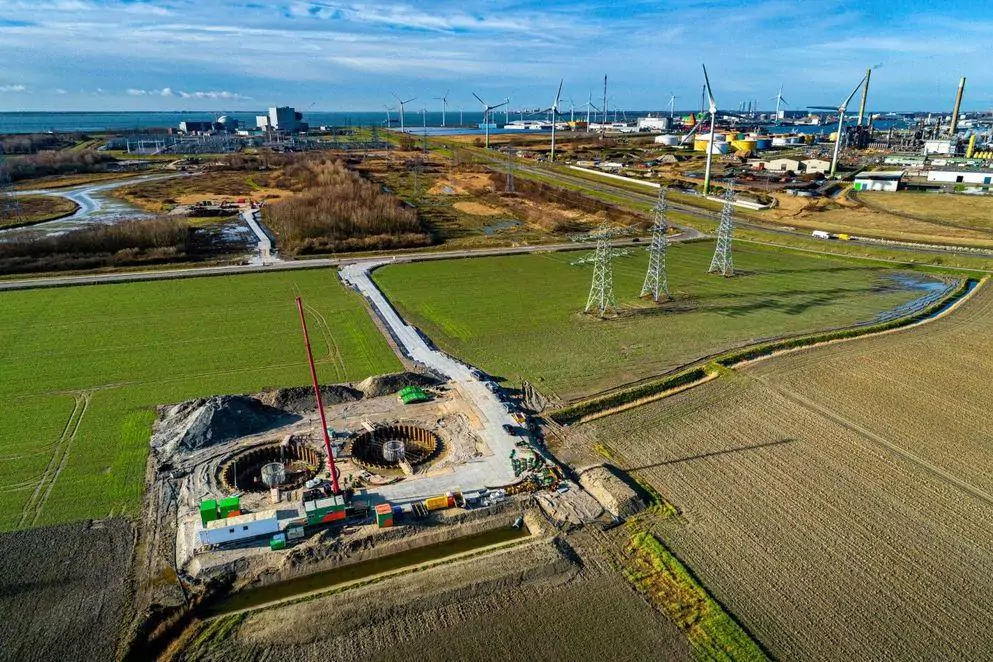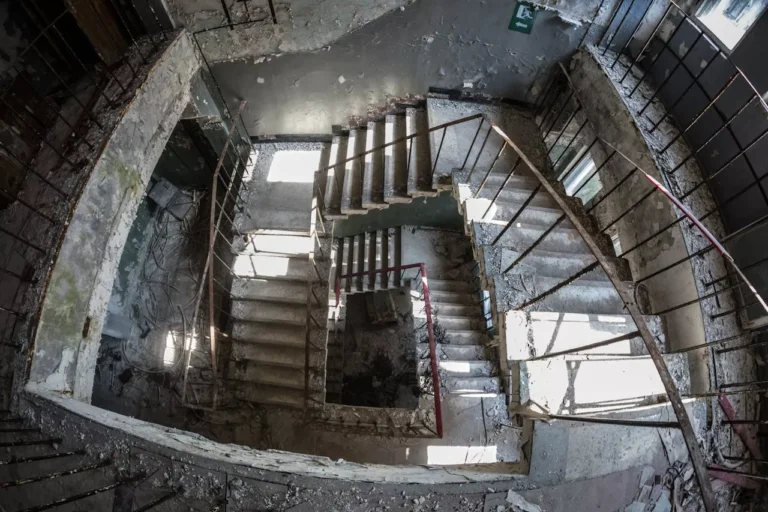
Borssele–Rilland 380 kV High-Voltage Link Commissioned: Strengthening the Dutch Grid for a Sustainable Future
The newly completed 380 kV high-voltage connection between Borssele and Rilland, located in the southwest of the Netherlands, has officially entered into operation. This major infrastructure development represents a significant milestone in the effort to strengthen and future-proof the Dutch electricity grid as it adapts to new demands brought about by the energy transition.
Commissioned by the national grid operator TenneT, this new high-voltage line is designed to accommodate the rapidly growing volume of renewable and sustainable energy. BAM Infra Nederland, a key contractor on the project, was responsible for executing all civil engineering works and ensuring accessibility along the western portion of the route. Their efforts were instrumental in delivering this technically complex project on time and in line with sustainability goals.
A Strategic Link in the Dutch Energy Network
This new transmission connection is not merely a technical upgrade; it is a critical component in reshaping the energy landscape of the Netherlands. The 380 kV line serves as a key artery in the national high-voltage grid, directly linking the provinces of Zeeland, Brabant, and Limburg. It plays an essential role in distributing power generated from offshore wind farms and the nuclear power plant in Borssele to inland regions.
By doubling the existing transport capacity, the Borssele–Rilland connection ensures that the grid can handle the expected increase in electricity production from renewable sources. This added capacity is essential not just for meeting growing consumer demand, but also for maintaining grid stability and reliability in the face of fluctuating energy supplies — a common characteristic of wind and solar power generation.
Supporting the Energy Transition
As the Netherlands accelerates its transition from fossil fuels to a cleaner, greener energy system, infrastructure such as the Borssele–Rilland connection becomes ever more important. The line enables the transmission of clean energy over greater distances, helping to balance supply and demand and integrate distributed energy sources into the national grid.
The strategic importance of the project lies in its ability to unlock new energy flows — supporting initiatives such as offshore wind expansion, solar farm development, and future international energy trading. This enhanced grid capability is key to achieving the Netherlands’ climate goals and long-term energy security.
Sustainability in Execution
In line with national and project-level sustainability objectives, the construction of the Borssele–Rilland connection incorporated innovative, eco-conscious methods. BAM Infra Nederland applied circular construction practices, most notably through the reuse of raw materials like sand within the project itself. This reduced the need for transporting new materials, thereby minimizing the environmental footprint of the construction activities.
Additionally, BAM and its project partners have been actively exploring and implementing sustainable alternatives in site construction and logistics. These efforts reflect a growing commitment across the Dutch infrastructure sector to reduce carbon emissions, conserve natural resources, and contribute to a more sustainable built environment.
A Future-Proof Grid
The commissioning of the Borssele–Rilland high-voltage line not only marks the completion of a major infrastructure project but also sets a precedent for how future grid expansions can be carried out — with both technical excellence and environmental responsibility. As renewable energy generation in the Netherlands continues to rise, similar upgrades and reinforcements to the electricity network will be vital.
By investing in robust, scalable, and sustainable energy infrastructure, the Netherlands is taking a proactive approach to ensuring that its power grid is equipped to meet future challenges. The Borssele–Rilland connection stands as a symbol of this commitment — bridging today’s energy needs with the ambitions of tomorrow.




